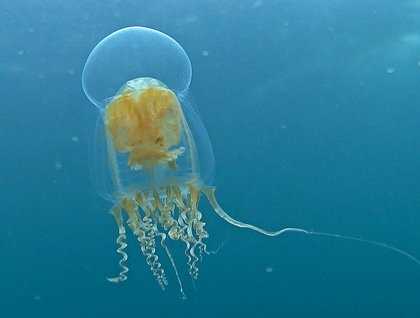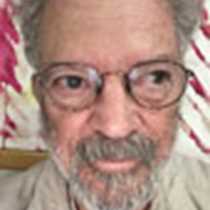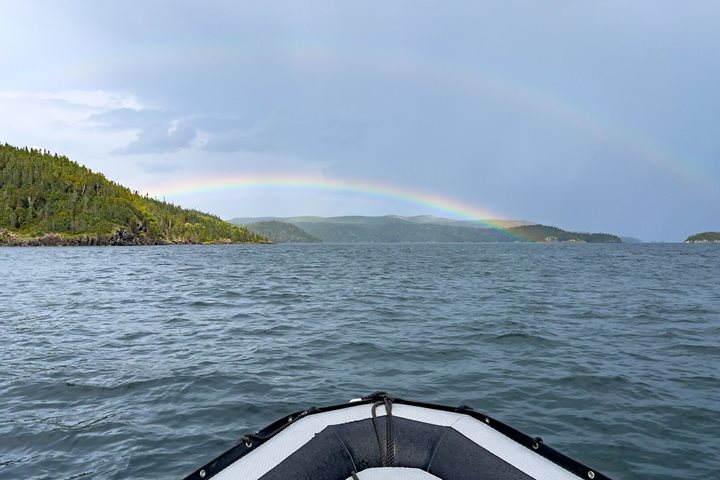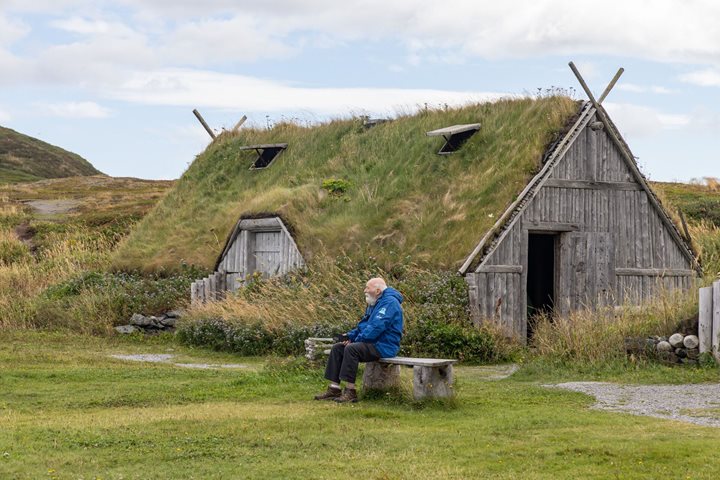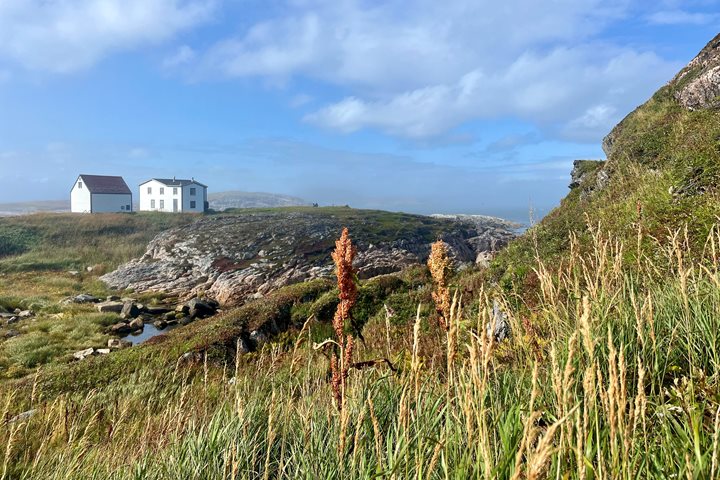It started with Northern lights, translucent green curtains hanging from nothing, high in the sky, dancing to a magnetic beat. Then a fresh dusting of snow on tall glacier carved-mountains whose weirdly layered rock, dark and light lines over and over, grow steep above scree slopes. Finally, light slowly fills the scene down to the last corner making the water sparkle at its high points along the sharp crests of its gentle heaving. Very pretty, very nice to take in, eye candy, special to explore by boat and by foot, but we have different ambitions today, another world to investigate.
In dry suits we drop into the water, roll in on our backs, first just bubbles and cold, at 33 degrees the water feels thick, then we begin to see. The sky, the mountains, the surface of the sea are all gone. First we recognize the most colorful, the most familiar, us, not floating, just descending slowly, expelling bubbles of breath and buoyancy. Above us we see the ‘bottom’ of the sea surface, light with dark ripples, it must be like the view from behind Alice’s looking glass. Below us we see a flat, brown bottom falling off to black nothing, the great death of the fjord. The water around us, holding us, is not blue, rather it is somewhat whitish, tinted by a thick soup of almost transparent creatures, a dab of color here and there.
This is end of the summer bloom, mostly large zooplankton now, an inch across or a tick more, animals that eat other animals rather than only phytoplankton. Most of the larger ‘creatures’ are gelatinous, harder to see for their prey, as well as would be predators. Some of zooplankton are kin to the familiar jelly, a medusa with some interesting shapes inside and a fringe of tentacles to entrap their prey.
Others seem similar to a jelly, but are only very distant relatives such as the comb jelly with eight rows of fused hairs that they rhythmically beat for locomotion. They catch their crustacean prey with two long sticky tentacles. I call it the ‘fisherman.’
The most common object in the water column, however, is a mucus ball produced by a creature more closely related to us rather than the jelly. The Larvacea, a member of our phylum, produce an intricate ‘house’ that it uses to filter food out of the water. A Lavacean looks somewhat like a safety pin to me and two, three or four times a day it will abandon its house and inflate a new, prefabbed structure in minutes.
As simple as they are, all of these zooplankton are important to the oceans, they consume, they die, they fall to the bottom of the sea, feeding creatures there or being buried by a constant marine snow, huge amounts of carbon stored in the ooze. Yes, they are small, but their numbers are legion.

